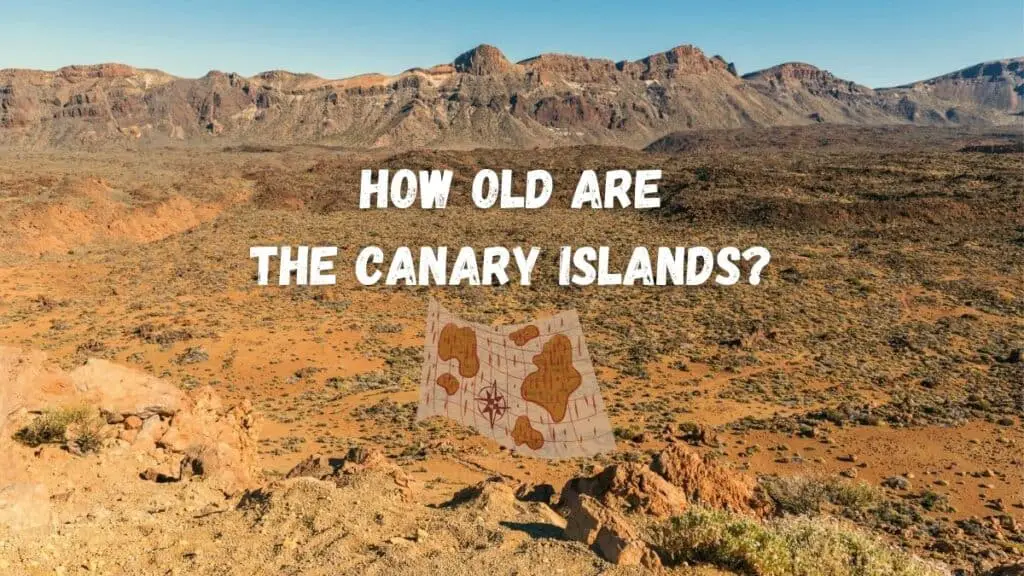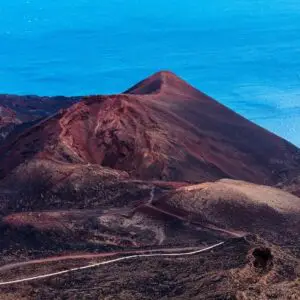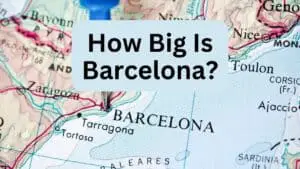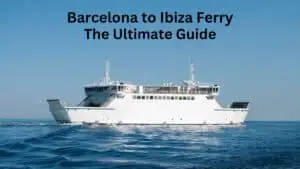The Canary Islands have been one of the top vacation destinations for quite a while now. But tourists and people worldwide are still unaware of most of the history that the Canary Islands hold within them. That is what you should know about if you are ever thinking of traveling to the region.
Well, how old are the Canary Islands, and what is the history of this archipelago? You might be asking yourself. If that is the case, you are in the right place because that is what I am here to tell you.
The Canary Islands Volcanic activity started taking place over 70 million years ago. Still, the Islands have themselves formed around 20 or so million years ago, which means that they have been around for an incredibly long period of Earth’s history.
But there is much more to the history of the Canary Islands than what meets the eye. This article will talk about the Canary Islands, their geography, history, discovery, volcanic activity, and much more. So, you are in for quite an informative ride. So, without wasting any further time, let us get started.

Why Do They Call It The Canary Islands?
The first question that pops into people’s minds when asked about the Canary Islands is, why are the Canary Islands called so? Are they named after the songbirds? Well, that is not the case. Despite the widespread belief that the Canary Islands are named after the small songbirds called the Canaries, it is not true, and in fact, it is the opposite – the birds are named after the region.
Read more about the canaries in this article: Are There Canaries in the Canary Islands?
But that raises the question, then what are the Canary Islands named after? This story is quite interesting. It is said that the Canary Islands are named after the Latin word Canini which means dogs.
This is because the Canary Islands were a natural habitat of monk seals that looked like large-sized dogs of the sea. The Islands of Fuerteventura and Lanzarote were the most common habitats of monk seals due to being in closer proximity to the Atlantic Ocean. This is the most commonly believed story.
However, another reason is also regarded quite highly. It is said that the natives of the Canary Islands who lived there thousands of years ago worshipped dogs. This could have also led to the name of the archipelago, the Canary Islands.
When Were Canary Islands Formed?
The Canary Islands’ structure forms in the deep parts of the seas and oceans due to volcanic eruptions and activities. The Canary Islands also underwent multiple developmental stages that turned the Islands habitable over a series of millions of years.
The central Canary Islands you see inhabited by people and tourists were submarine seamount volcanoes on the floor of the Atlantic Ocean that came up millions of years ago.
The Canary Island volcanic activities started over 70 million years ago. Still, it was not until around 50 million years after that the first Canary Islands emerged on top of the Atlantic Ocean.
Which is the Oldest Canary Island?
The oldest Canary Island is the combined cluster of Fuerteventura and Lanzarote in the Canary Islands. These two Islands came into being around 16-20 million years ago.
After the development of these Islands came Gran Canaria, over 14 million years ago. Then Tenerife, which came into being over 11 million years ago, then La Gomera and La Palma, both over 9 and 1.5 million years ago, respectively. And finally, the most recent part of the Canary Islands, La Hierro, emerged on top of the Ocean 1 million years ago.
Discovery of the Canary Islands
Despite the Canary Islands having existed for more than 10 million years, they were entirely inhabitable for a large part of their history.
When were canary islands discovered?
It was only a few thousand years ago that people habited them. These habitats were known as the Guanches. The Guanches were very tall and robust indigenous people who had been in the Canary Islands since 1000 BC.
Who first discovered the Canary Islands?
It is said that the Guanches discovered the Canary Islands Archipelago over 3000 years ago and then molded it into habitability. Thus, they lived for quite a long time in the Canary Islands.
Their genetics were quite similar to the Berber People who lived on the North African Mainland. Some historians even believe that they were the original inhabitants of Atlantis.
Over the centuries, Arabs, Portuguese, and French people and sailors visited them for trade and business. But in the 15th-century conquest of the Spanish people, these Islands became inhabited by the now known Canarian people.
The Guanches tribe slowly broke down and divided into the general population. However, their traditions, teachings, and culture are still considered heritage if you look at the culture of the Canary Islands people.
Geography of the Canary Islands
The Canary Islands is a large Spanish Archipelago with an area of over 7,493 square kilometers and a population of over 2.207 million people. This cluster of Islands is right in the midst of the Atlantic Ocean.
Read more about the size of some of the islands: How Big is Gran Canaria?, How Big is Tenerife? and How Big is Fuerteventura?
Did the Canary Islands Ever Belong to Africa?
Surprisingly enough, no. The Canary Islands were considered an isolated cluster of Islands before they were officially given to the Spanish government in the form of a treaty.
However, the Canary Islands are much closer to the African Mainland than Spain. Fuerteventura is the closest Island to Africa, only 100 kilometers away from the coast.
Why Are Canary Islands Spanish?
The Spanish people took over the Canary Islands from the French and Portuguese in the 15th century, and by the 16th century, they had control over all the Canary Islands for themselves. This is why the Canary Islands are Spanish. They might be far away from Spain, but they are part of the Special territories of Spain, where any European Union member can go quite quickly without the need for a visa.
Check out this article: Are the Canary Islands in the EU?
Ever since the 15-16th centuries, the Canary Islands have been regarded as Spanish, and the currency of the Canary Islands is Euros. However, the people of the Canary Islands are proud of their heritage, and that is something worth remembering if you are going to the Canary Islands.
Volcanoes in the Canary Islands
Volcanoes are the main reason behind the existence of the Canary Islands. That is why volcanoes have played an essential role in the history of the Canary Islands in general. So let us talk about volcanoes in the Canary Islands.
How Many Volcanoes Are There in the Canary Islands?
As of today, there are four volcanoes in the Canary Islands. These volcanoes have erupted many times over the years. Here are the names of the Volcanoes in the Canary Islands:

- Cumbre Vieja
- Mount Tiede
- Teneguia
- El Charco
Cumbre Vieja recently erupted in 2021. As a result, many businesses and houses around the volcano were evacuated in La Palma, and many damages happened.
So, volcanic eruptions are always a big concern around these parts, but most of the eruptions can be predicted, so it is not something tourists need to worry about.
Which Canary Islands Have Volcanoes?
Out of the central 7 Canary Islands, most have volcanoes either dormant or active in this state. Tenerife is neighboring the dormant Volcano of Mount Teide, with an elevation of 3,718 meters.
Lanzarote has the El Charco volcano in its sleeve. La Palma is the Island with the active Cumbre Vieja volcano there at this moment. And The Volcanic Vent of Teneguia is also located in the La Palma region.
Fuerteventura has the Calderón Hondo volcano, which is one of the most accessible volcanoes on the planet. So, we can safely say that Volcanoes are part and parcel of the tourism experience in the Canary Islands.
Check out the article: Are There Canaries in the Canary Islands?
Conclusion
The history of the Canary Islands is quite remarkable. The volcanic patterns, formations, and role in the emergence of the Islands and the creation and maintenance of the structure of the Islands are fascinating. Knowing all about the history will surely give you an edge over someone who is not knowledgeable about the Islands on your next visit to the Canaries’ fantastic, relaxing tourist destination. If you plan a vacation to the Canary Islands, it will become more exciting and enjoyable after this read.



